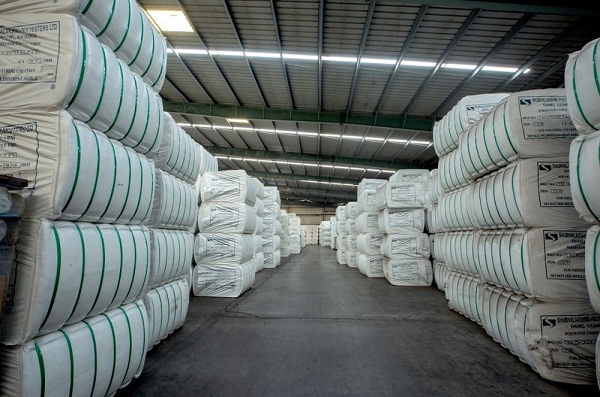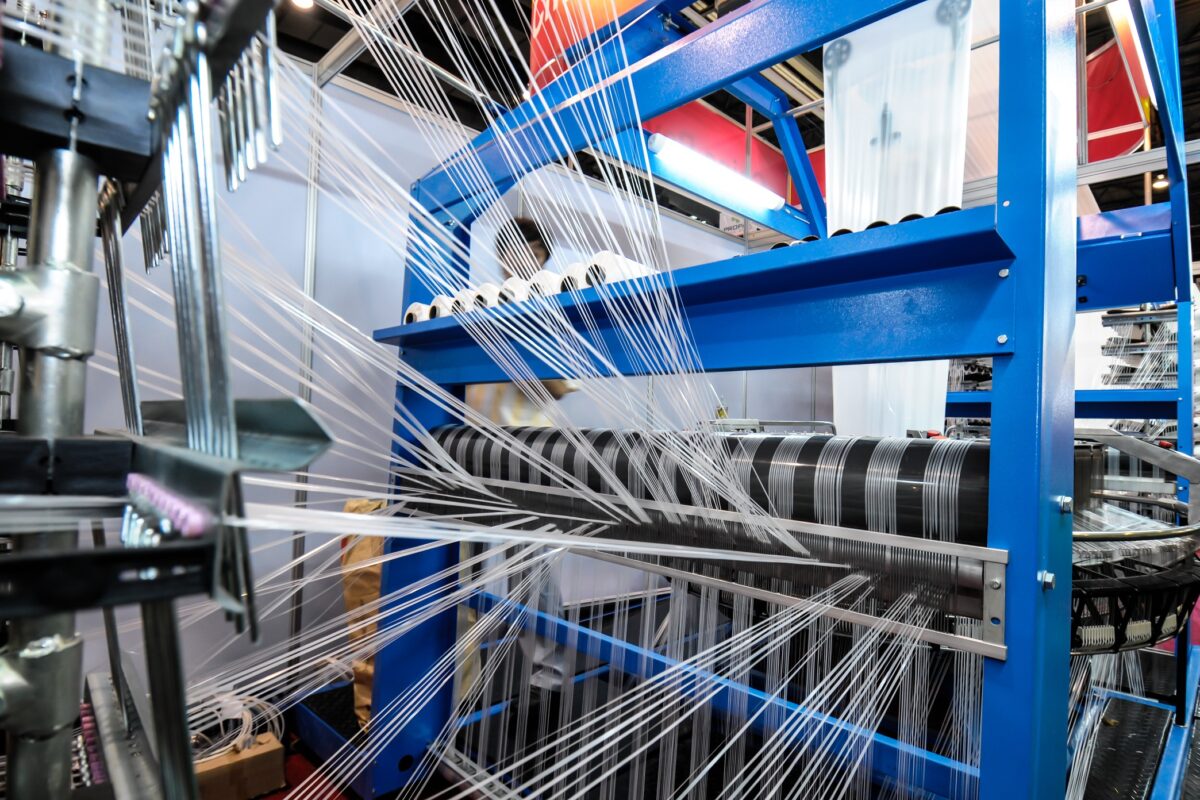
Resale’s growing appeal has done little to slow down the problems it is supposed to help solve— overproduction and overconsumption, says retail analytics firm Edited. Despite reports of a glut of inventory while consumers pull back on spending due to the recession, the fashion industry is still overproducing. The study shows new fast-fashion product drops online for men’s and women’s wear average over 47,000 individual styles per week in the US alone. The figure is up 11 per cent from 2021 and 120 per cent from 2020 when production was severely reduced due to Covid.
Allowing customers to resell used goods doesn’t cancel out the impact of the enormous amounts of disposable products continuing to drop. Circularity is a fundamental cornerstone of sustainable fashion, yet against continued overproduction levels, resale alone can’t be the solution. But pre-loved merchandise is booming due to several factors. These include: society’s increasing support for a circular economy, Gen Z’s love for thrifting and the profits a reseller can make by offering rare and limited edition pieces. Resale platforms may offer styles from the archives but they usually sell through before they have the chance to go stale.
Brand play in resale
Some brands shine brighter in the resale market than others. Telfar, is currently the top secondhand brand to give sellers the best return on their overall investment. Its value retention exceeds that of Hermès. Its collaborative pieces with Ugg, Moose Knuckles and Eastpak have great appeal in the secondary sector and its now sold-out large shopping bag is now being hawked on some US sites with a price increase of up to 132 per cent.
However, scarce luxury items are still the sources of the most dramatic markups. Birkin and Kelly bags by Hermès have elevated prices of up to 2,554 per cent across US resale sites and 5,308 per cent in the UK. Old Tom Ford-designed Gucci pieces fetch up to five times their original price in the UK as well.
Interestingly, this phenomenon is not limited to luxury. New Balance shoes command lavish price points. But not all brands perform well as resold items. Secondhand pieces by both Off-White and Diesel can be cheaper anywhere between 48 to 90 per cent compared to their original due to factors such as consumer demand or product quality. However, this is not necessarily to these brands’ detriment. Price-conscious Gen Z consumers can use these deals as a gateway to developing future brand loyalty when they can afford to pay retail.












